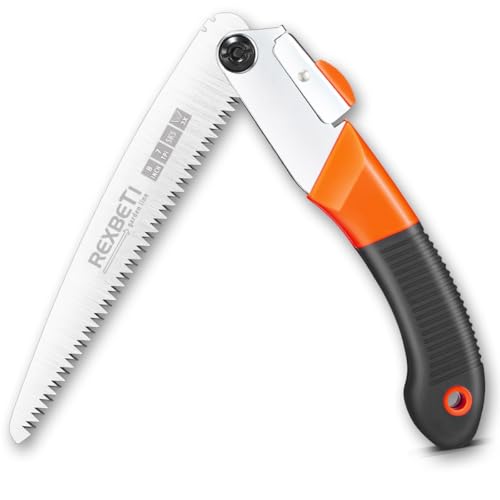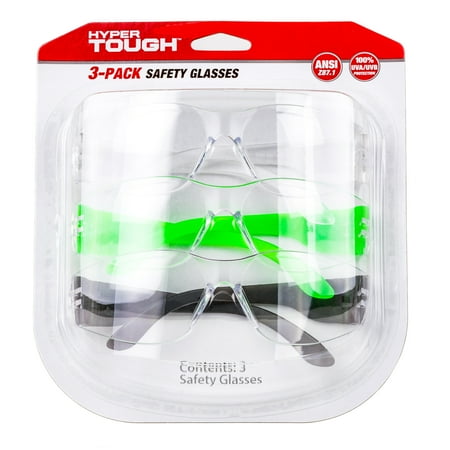When and how to prune a palm tree – plus which part never to cut back
We reveal the right way to prune a palm tree to protect its health and keep it safe


Palm trees grow healthier the less they are pruned - but that does not mean they do not need trimming. A little careful pruning is required in some circumstances and it means knowing when and how to prune a palm tree safely is important if you have any on your property.
Growing palm trees can bring a tropical vibe to a space, whether planted around a pool or adorning a front yard. There are over 2,000 species and picking the right variety for your climate, and the right size for your backyard ideas, ensures any palm tree is healthy and beautiful.
They are low-maintenance trees that can survive for a century or more. To ensure yours remains healthy and have a long life, we look at why, when, and how to prune a palm tree. Knowing when to prune trees, and how, helps avoid potential pitfalls that risk the longevity of these glorious tropical trees.

When and how do you prune a palm tree?
Palm trees are low-maintenance backyard trees and do not require lots of pruning. However, you must be prepared with the right tools and knowledge to prune a palm tree safely when you need to. We look at the situations when you may need to trim, along with what to prune and what not to touch.
When to prune a palm tree

The main reason to prune a palm tree is for aesthetics. Unlike other shrub or tree pruning, cutting back the tree won’t encourage more growth. Over-pruning will damage the tree, so focus on these key aspects when pruning palm trees.
- Only remove dead, damaged, or dying fronds
- Remove any fruits, flowers, and seed pods - they sap energy and can be hazardous if they break off
- Prune to improve safety and visibility or to remove fire hazards near buildings
The best time to prune a palm tree is in spring or early summer, as the tree can best recover during this period. It is also an ideal window before hurricane or fire season and after winter, where even unappealing fronds can help protect the palm tree from cold weather.
While pruning is predominantly for aesthetics, health and safety are also important. This includes removing fronds that pose safety and visibility risks to sideways, driveways, or homes.
Design expertise in your inbox – from inspiring decorating ideas and beautiful celebrity homes to practical gardening advice and shopping round-ups.
The only reason to remove healthy fonds from a palm tree would be if they pose a fire or safety risk. Removing healthy fronds weakens the tree and being too heavy-handed would be a pruning mistake that can threaten its future.
Scott Seargeant, an experienced arborist, warns that over-pruning can lead to many issues that risk the ultimate health of the palm tree. ‘The fronds make the food for the whole plant. Every other part of a palm depends on the fronds to make food.
'No fronds no food, Hardly any fronds, hardly any food. Over or mis-pruned palms can literally starve.’
He adds: ‘Plants, including palms, spend a great deal of their food on defense from disease and insects. Mis-pruned palms have far less food for defense.
'Insects can sense when plants are low on food. That’s when they attack. Many insects carry diseases, so the palm gets a one-two punch.’
Some palm trees are self-cleaning and will drop dead fronds naturally. These palm trees, which include king palms, kentia palms, foxtail palms, and jubaea palms, will still benefit from trimming, however, if the fronds pose fire or safety risks.

Scott Seargeant is an award-winning international consulting arborist and owns a full-service landscape installation company. His expertise lies in diagnosing tree conditions, providing treatment, and recommendations, selecting appropriate trees for planting, and offering guidance on post-planting tree care
How to prune a palm tree

Gather your palm tree pruning tools and make sure all tools are clean and sharp. A pruning saw, or serrated knife, and some clean and sharp pruning shears are essential, as well as a pair of safety glasses and some thornproof gardening gloves - as many palm fronds have sharp spikes.
Domestic palm trees can range in size from 6-50 feet high. A strong and sturdy step ladder can be used to reach the fronds of shorter palm trees, however, if your tree needs an extension ladder or more, then consult a professional arborist to prune the palm tree. A pole saw can be useful to trim higher-up fronds from the ground without a ladder, but they do require a steady hand.
Closely inspect the palm tree to spot any dead, dying, or damaged fronds to remove. Any fronds that are more than 50% brown want to be pruned. Carefully use your pruning tools and cut the fronds at least two inches from the trunk. Take care not to cut into the trunk, it would be a tree pruning mistake to leave wounds and leave the tree susceptible to disease.
Once all the damaged fronds are removed, look for fruits, flowers, or seed pods. These take valuable nutrients from the tree and the seed pods can be a danger to anyone walking below if they drop. Cut them off to allow the tree to concentrate its energy on growing new fronds.
Only remove green fronds if they are low-hanging on the tree. ‘The proper way to prune palm trees is to draw an imaginary line at the base of the growing region,’ advises Scott Seargeant. Such an imaginary line would run between nine o’clock and three o’clock on a clock face.
‘It is near the last green frond on palms that have not been pruned in several years. Looking at the palm draw your imaginary line, only prune fronds that hang below this line. Every frond above this line should not be pruned.’
The waste from palm tree pruning should not be used to make compost at home. Instead, gather all the trimmings together to avoid attracting pests and contact your local waste disposal service to get the best guidance for disposing of the prunings.
Shop palm tree pruning tools

I tested these leather thornproof gardening gloves and found them strong, comfortable, and able to protect me from spikey plants in my backyard.
FAQs
What happens if you cut all the fronds off a palm tree?
If you cut all the fronds off a palm tree, the tree will have no way of photosynthesizing and producing food - so the tree will run out of energy and effectively starve to death. The stressed tree will also be at high risk of pests and diseases.
Some varieties of cold hardy palm trees can be hardy down to US hardiness zone 6-7. If you live in colder climates, knowing how to protect palm trees in winter will help ensure any tree makes it through cold winters. Wrapping smaller palm trees in frost cloth or burlap and mulching around the trees to insulate the roots are two recommended ways to protect palm trees during the winter months.

Drew has worked as a writer since 2008 and was also a professional gardener for many years. As a trained horticulturist, he worked in prestigious historic gardens, including Hanbury Hall and the world-famous Hidcote Manor Garden. He also spent time as a specialist kitchen gardener at Soho Farmhouse and Netherby Hall, where he grew vegetables, fruit, herbs, and cut flowers for restaurants. Drew has written for numerous print and online publications and is an allotment holder and garden blogger. He is shortlisted for the Digital Gardening Writer of the Year at the 2025 Garden Media Guild Awards.

